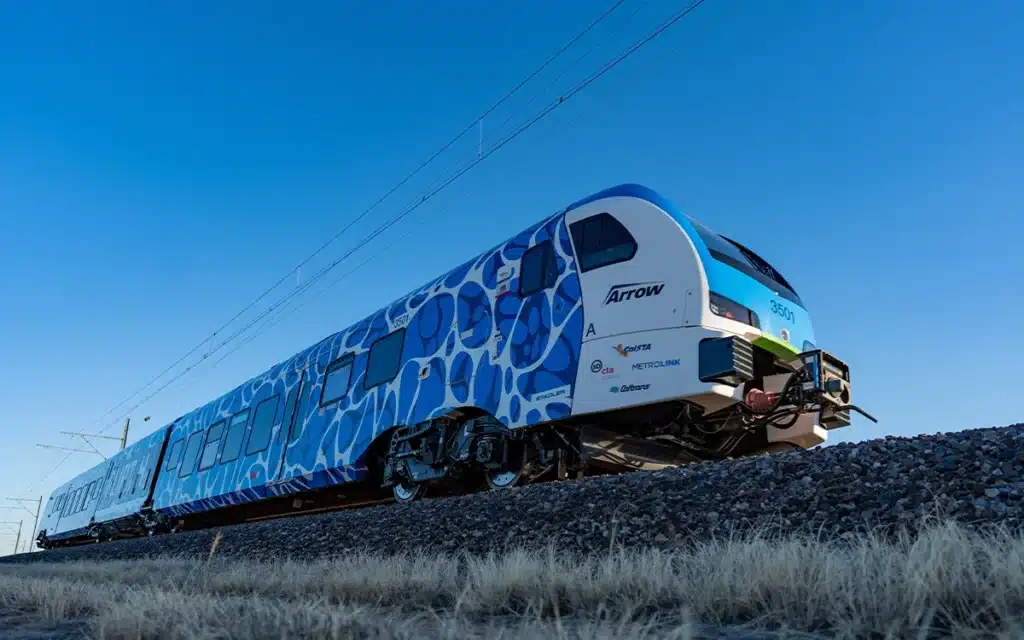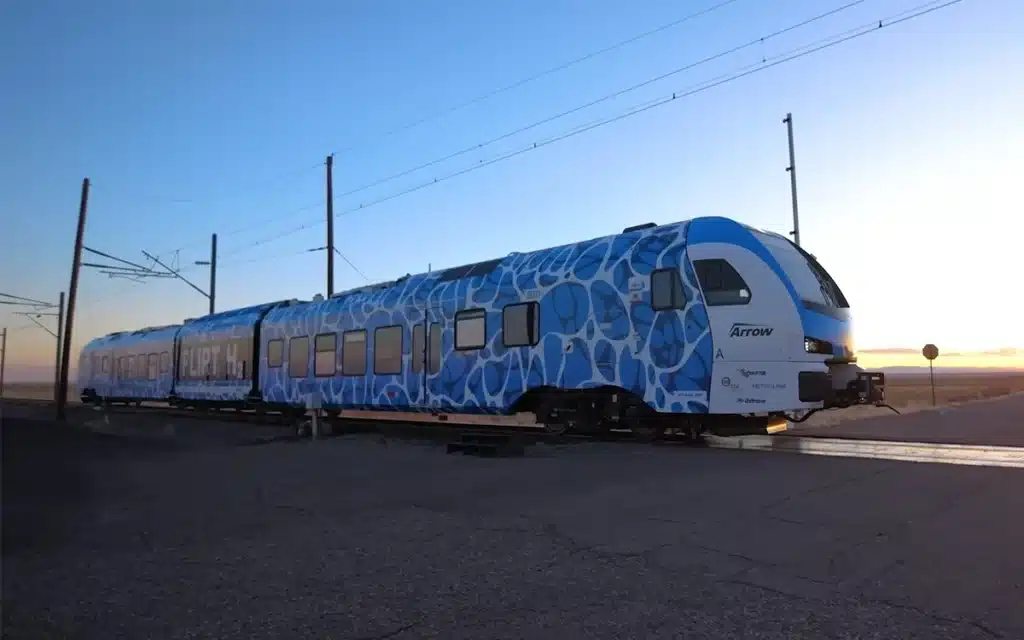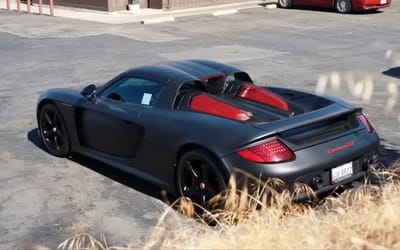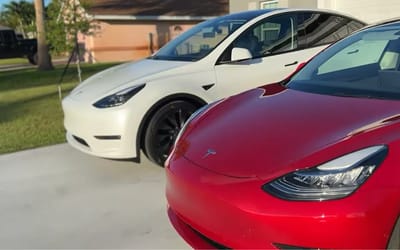Hydrogen-powered train sets unbelievable Guinness World Record for nonstop travel
- Stadler’s FLIRT H2 is a hydrogen-powered train that can travel 46 hours on a full tank
- It set a world record for traveling 1,741 miles on a single tank
- The train can seat up to 116 passengers
Published on Apr 07, 2024 at 12:03 PM (UTC+4)
by Siddharth Dudeja
Last updated on Apr 05, 2024 at 7:03 PM (UTC+4)
Edited by
Nalin Rawat
A Swiss company’s hydrogen-powered train, the FLIRT H2, set a Guinness World Record for traveling nonstop.
It set the record for traveling nonstop for 2,803 km (1,741 miles) using hydrogen tanks.
During its extensive journey in Colorado, the train didn’t stop for refueling or maintenance at all.
READ MORE: The VW Geparda has 20hp and strange rear wheels, but all for a good reason
Stadler’s FLIRT H2 is the world’s first hydrogen-powered train that can last this long.
Compared to present-day railcars, that’s quite a feat.
However, passenger trains on tracks are very different from high-speed systems, including the hyperloop trains in China.
The train has two passenger cars with a power pack containing the hydrogen tanks between them.
These passenger cars can accommodate up to 116 passengers.

The seating capacity is a lot less than that of a conventional train, which makes it less useful as a mode of mass transport.
However, the FLIRT H2 is still in the pilot stage, and the technology will only improve in the future.
So, how does it work?
Fuel cells convert the hydrogen present in the fuel tanks into electricity, which, in turn, power the train.
Moreover, the generated power is enough to give the hydrogen-powered train a top speed of 130 km/h (79 mph ).
Hydrogen is the ideal zero-emission fuel for most modern vehicle concepts, and we already have some Hydrogen SUVs in the works.
During its test on a track in Colorado, Stadler achieved a 1,741-mile continuous run and set a Guinness World Record.
The 1,741-mile record was six times the distance of the FLIRT H2’s predicted range — which was 286 miles.
That’s over 46 hours of travel on a full tank.
“Stadler is consistently focusing on the future of rail transportation with alternative drive systems by continuously developing innovative technologies,” Stadler CEO Martin Ritter said in a press release.
He added, “By using hydrogen as a clean energy source, we are actively contributing to environmental protection and shaping the sustainable and zero-emission travel of tomorrow.”

READ MORE: Delta offering path-of-totality flight to watch 2024 solar eclipse at 30,000 ft
From a broad perspective, all transportation vehicles are shifting towards a sustainable approach.
For instance, more and more EVs are emerging, and even brands like Ferrari are launching an EV.
In the next few years, we will likely see an extensive range of hydrogen and electric vehicles for the masses.
DISCOVER SBX CARS: The global premium car auction platform powered by Supercar Blondie





